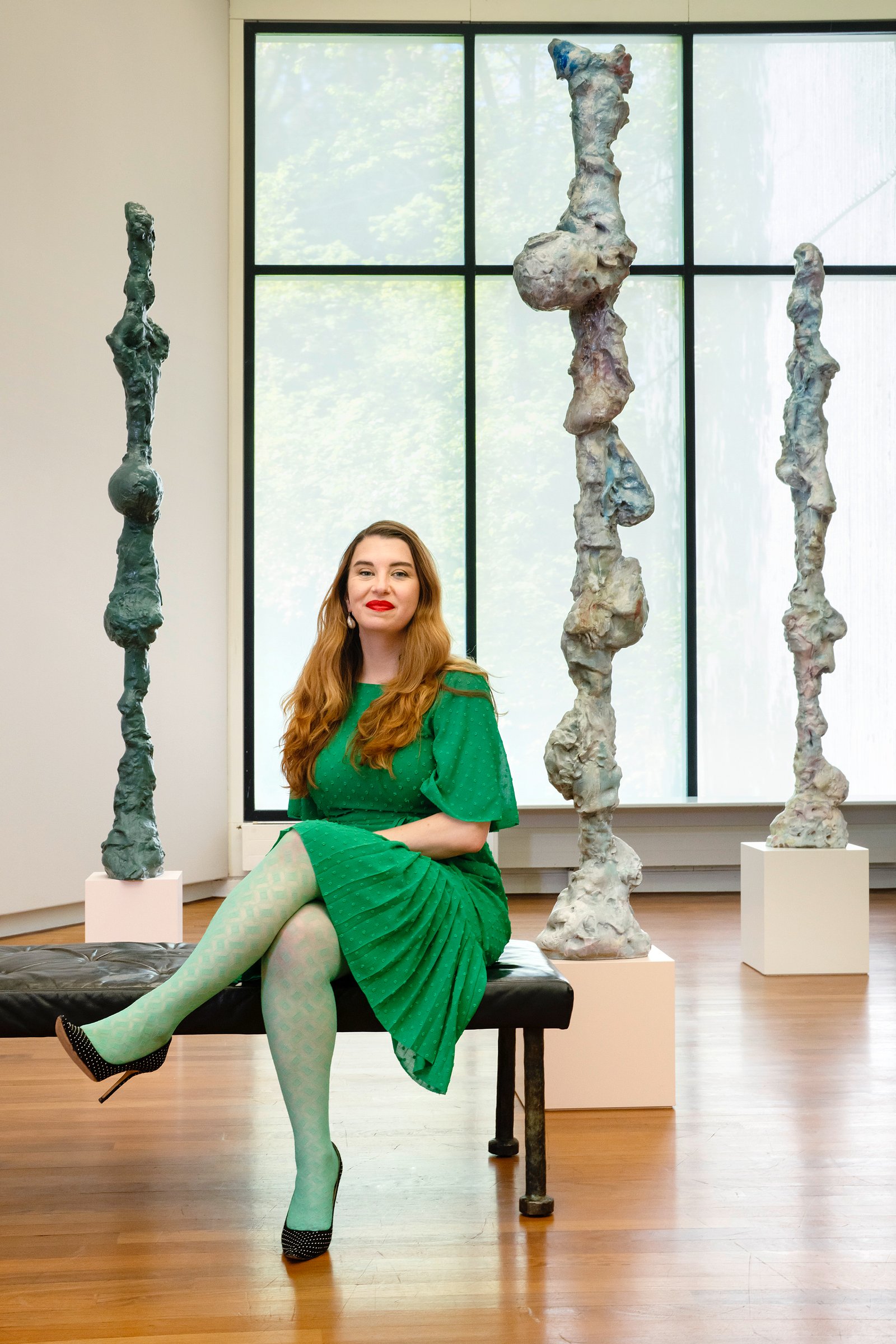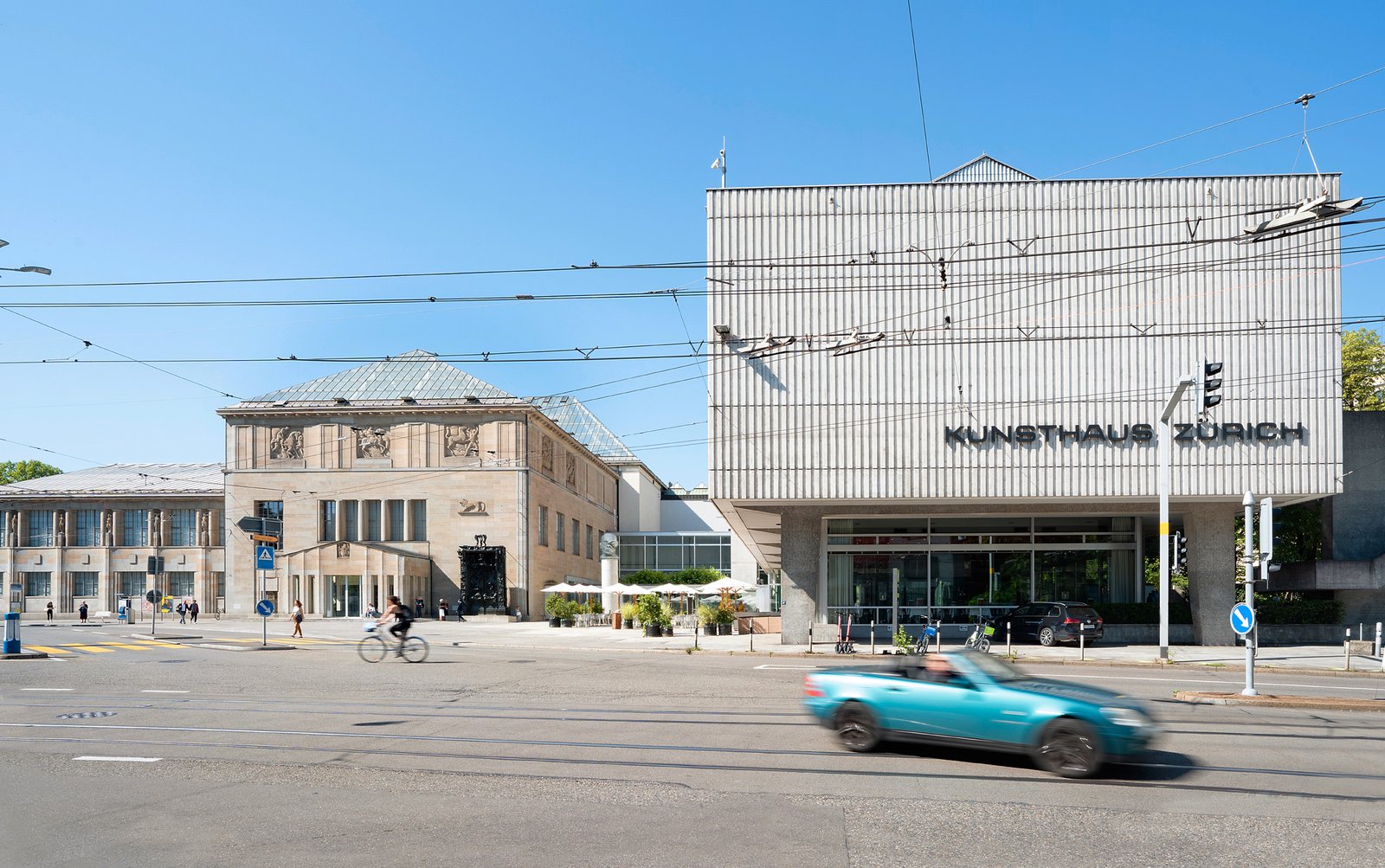Ann Demeester and the Kunsthaus at the Zurich Art Weekend (an interview)
On the occasion of the 2025 Zurich Art Weekend, we interviewed Ann Demeester, who brought the Kunstmuseum back into the present.
On the occasion of the 2025 Zurich Art Weekend, considered the best art weekend in Europe (alongside Berlin), we interviewed art historian Ann Demeester, Director and Head of the Art of Kunsthaus Zurich, Switzerland’s largest public museum. Since its inception, the key strength of the ZAW has been the close connection that the organizers have established between private galleries and public institutions. Over time, this has enabled the event to strike a fascinating balance between the market considerations and the equally important needs of the cultural institutions, all within a framework of sustainability that few artistic platforms today can match. Let’s try to better understand why.

Dr. Demeester, how would you describe the role that museums like the one you direct are playing in contemporary society?
People often visit museums to immerse themselves in a parallel world, somehow different from the one they normally live in. Museums are places to reflect, learn, and observe in a calm and quiet environment.
Are they sort of a spa for the mind?
They are, in a way. But they are also a place for debate, where major historical, economic, and social issues can be discussed.
In the era of fake news, denialism, and unreliable artificial intelligence, it could be said that museums are also places that safeguard the truth.
I don’t believe that museums hold a single truth, or the truth. But they are certainly places that can offer many reliable points of view. I would rather speak of the many truths a museum has to offer.
Let’s get back to reality. Between art fairs and art weekends, who do you think is better equipped for the future?
I believe these events pursue different objectives. If galleries don’t sell at fairs, the goal it’s not achieved. On the contrary, even if the galleries don’t sell during the art weekend, the city of Zurich will still have had the opportunity to showcase its cultural energies to a broad and international audience.
And, moreover, it will have provided an important opportunity to promote collaboration among the local artistic community, am I correct?
Exactly. Fairs are market scenarios, which naturally tend to be competitive. The purpose of the ZAW is, more broadly, to nurture the Zurich art scene, with results that are somewhat more enduring.
What is the Kunsthaus Zurich bringing to the ZAW this year?
We have a large installation by Monster Chetwynd, and an exhibition that sheds light on the work of Suzanne Duchamp, the sister of the more famous Marcel. There is also an exhibition featuring Roman Signer, highlighting the extraordinary freshness of his sculptural works, even though the artist is now 86 years old. Finally, we have a large work by Jeffrey Gibson, which will fill the vast lobby of the Chipperfield building.
Surrealism, Dadaism, punk, social issues, politics… In short, these are the elements that most define Zurich’s artistic culture, aren’t they? What makes this city so extraordinary?
I believe that Zurich’s uniqueness lies in being a city with a strongly cohesive and deeply rooted local community, yet it remains open to cultures from around the world and the richness they bring.
Can we say that Zurich is the most Mediterranean of Swiss cities?
I believe so, if that means Zurich is a city of extraordinary cultural vitality. Moreover, from Migros to the Rietberg Museum, Zurich has very active institutions that are at walking distance from each other. Here, the institutions are on a human scale.
Under your direction, the Kunstmuseum has increasingly opened up to contemporary art. Today, we could say that it is the most contemporary of the historical museums, following a path that, to some extent, also aligns with the Met. Is this the future?
I have always used the term “Transhistorical” to describe what an institution like the Kunstmuseum represents, but perhaps “Panoramic” is a better choice, as it is more understandable. In this sense, we have strived to become more contemporary, to better connect with the world around us, including in generational terms. But to continue to cherish tradition and showcase art from the middle ages to the present.
Do you mean that the museum should be able to connect all generations with the artistic heritage?
Exactly. And it’s not just about connecting people based on the aesthetic qualities of objects. A 17th-century Dutch still life not only reflects the painter’s skill but also reveals what people ate at the time, what was traded, and the extent and colonial power of the Dutch Empire. The museum must be able to update and contextualize these messages. Otherwise, the works remain mere relics of the past, and generational continuity is lost.

September 15, 2025
